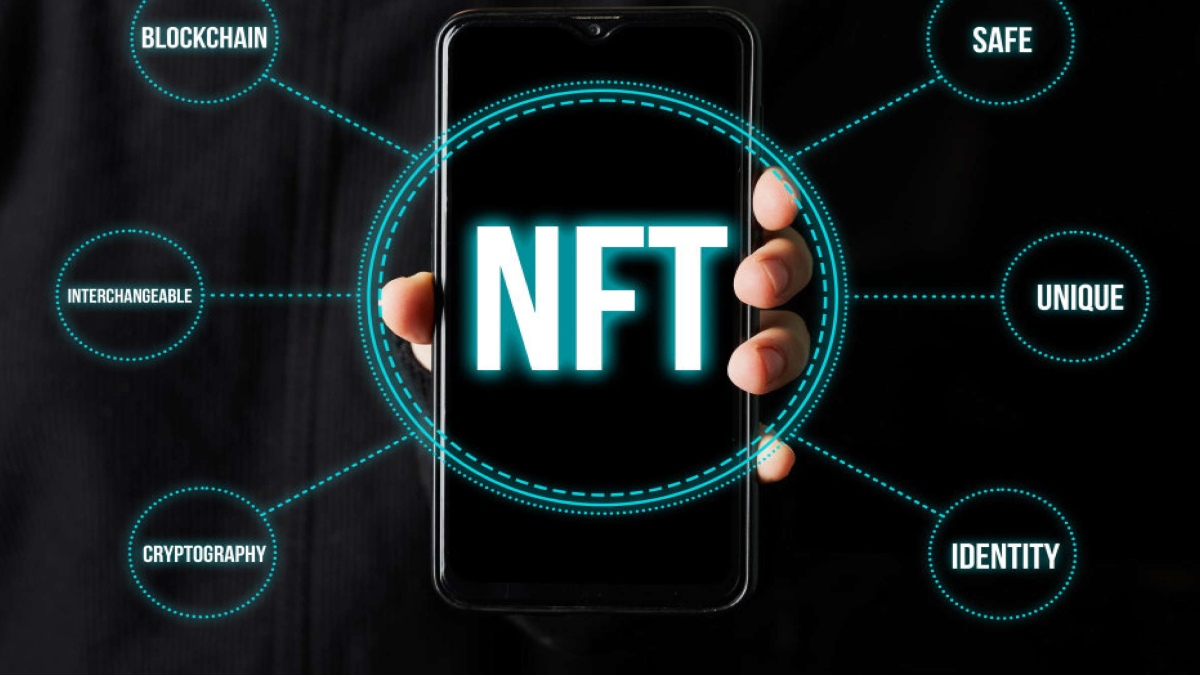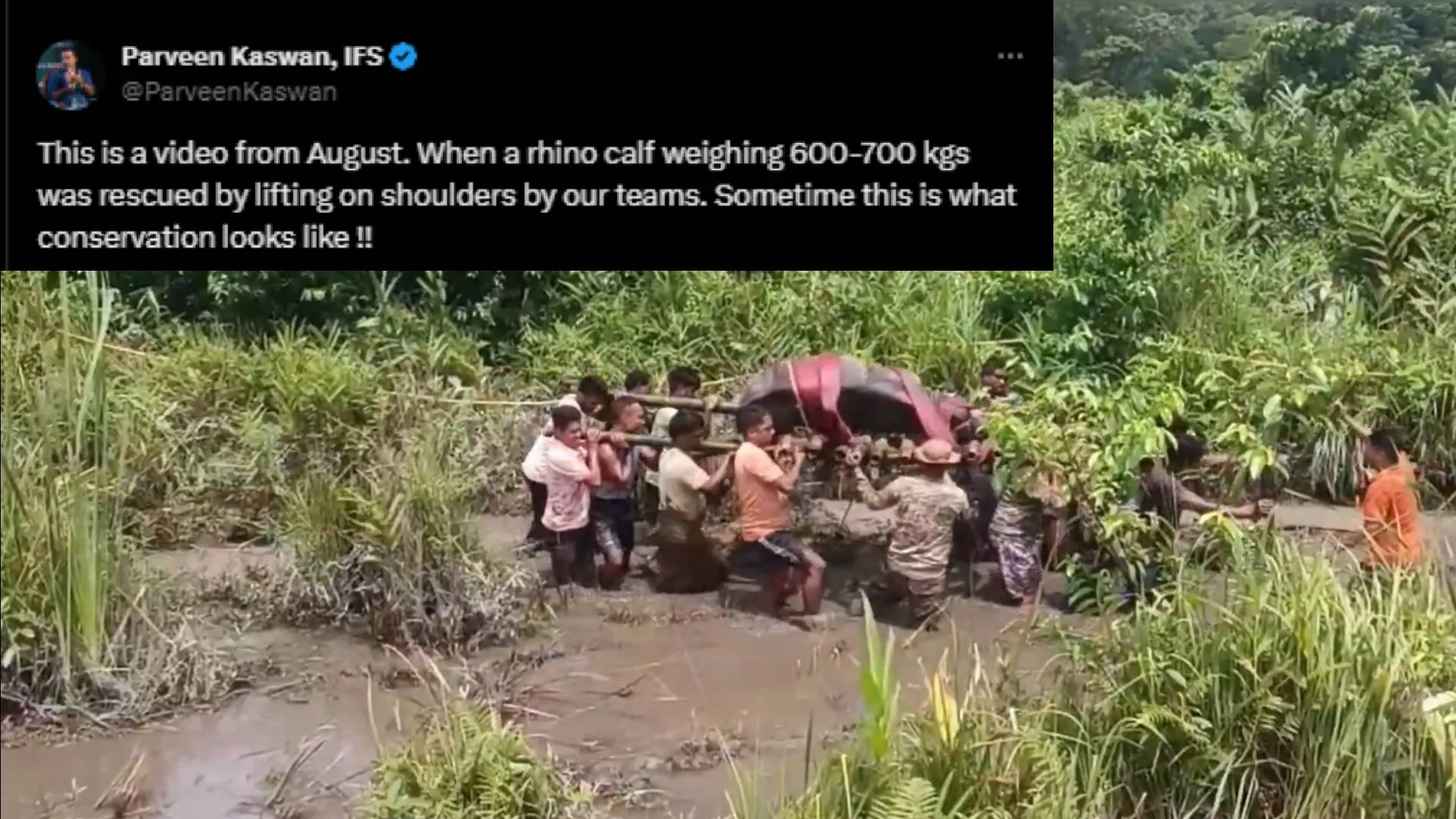Though NFT and Play to Earn games are on the rise these days, there are a few issues associated with them. All these issues may cause damage to the NFT gaming sector in the long term. Every now and then, you see a new NFT gaming project or token popping up and it is hard to keep yourself updated, though you’re watching the space closely. Most P2E or NFT gaming projects may fail, allowing the media and press to project negative news on the entire industry.It is an unavoidable fact that a few projects are being built with great intention, whereas some projects lack long-term sustainability with respect to their revenue models.
Before jumping into the problems, it is important that you have a quick glance at what an NFT game is and the current scenario of the NFT games industry.
WHAT IS AN NFT GAME?
In simple terms, NFT games are those which incorporate non-fungible tokens in some manner. Most of the games incorporate NFTs as in-game characters, avatars, weapons, and other collectibles, which have different characteristics and rare features or traits. This allows the users to have ownership over the assets in the game. The play to earn concept (harnessing crypto to benefit the players with monetary rewards) allows the gamers to generate income from these NFT P2E games.
AN OVERVIEW OF NFT GAMING INDUSTRY
The majority of the NFT games work under the model called “Play to Earn,” which is also known as the GameFi, and has become popular due to the massive success of blockchain game providers like Axie Infinity, Decentraland, etc.
NFTs in the gaming industry are expected to generate more than USD 4.8 billion in revenue in 2021.A huge amount of VC and investor money is flowing into the blockchain gaming projects, and according to DappRadar, blockchain games and their infrastructure have raised USD 4 billion in 2021. In January 2022 alone, the blockchain games have raised a whopping USD 1 billion.
While there is an increase in popularity for P2E games, some analysts predict that all this is due to the temporary hype around NFTs. Innovation would drive the success of NFT gaming, not investments from VCs or temporary hype. For this to happen, a lot of problems and issues need to be addressed. Here are a few problems associated with blockchain-based NFT and P2E games.
Problems associated with P2E and NFT games.
MOST OF THE GAMES LACK ENGAGEMENT
The currently available NFT games are pretty much basic and shallow. It is understandable that this is an evolving space, and it takes time to build games that are as good as current mobile games like PUBG, Call of Duty, Clash of Clans, etc. Having said that, there is a lot of hype around a few projects, yet the gameplay is very basic and the majority of the games that have a lot of hype around them have very little substance. Only the good ones will go far and create ripples in the space; other games might fail, causing huge losses to NFT owners, investors, and VCs.
Repetitive gameplay and a shorter duration of gameplay make it even more boring for the gamers, and this makes it extremely difficult for the game developers to keep the gamers engaged with these kinds of games. Not only that, but the wallet transactions are also a real pain to deal with when required to purchase in-game assets and play the game. A few games won’t have a marketplace on the website; instead, they ask users to purchase NFTs from other marketplaces like Opensea, which is again a pain-point to be addressed. Adding to this, developing the game consistently and maintaining a healthy economy for the game is another big challenge for the project developers. There is a rush currently for NFT and P2E games, but then, building interactive and engaging games in the long term will remain a challenge for all the projects in this space.
Updates or developments in the game could cause economic imbalances.
While meta changes and updates can bring a lot of excitement and fresh gameplay options in normal games, it might not be the same with P2E and NFT games. This is due to the high cost of NFTs in the early stages of the game. If an in-game NFT was purchased by a gamer for USD 1000 and a new update in the game had arrived and there were better NFTs for sale with better traits, or if the NFT got nerfed, it would depreciate the value of the NFT, and this may financially punish the gamers. This might have a direct impact on the economic stability of the project.
It is an incredible challenge to educate the gamers/users about the meta changes in the project and keep them ready for the future updates of the game. Unfortunately, a majority of the projects out there are not focusing on educating their users on this particular risk aspect of the games that are still in their early stages of development.
Investors go into hype cycles and buy tokens or NFTs which might fetch losses.
The investors who really get benefits out of any crypto project are the ones who invest at a very early stage. This might be in a pre-seed round or even a private allocation of the project. Things could turn around if the project’s tokens or NFTs go parabolic and actively attract much-needed outside interest.Having said that, it is important to understand that not all the investments will turn profitable. The majority of them take a dip after listing.
One scenario where many investors lose their money is when they fall into hype cycles and purchase crypto tokens or NFTs relating to the game project out of FOMO (Fear of Missing Out). This might result in losses in the medium or long term. Let’s say you have invested after a 500% run; you need to be aware that the top could be near and there might be a drop sooner or later.
This is really a tough matrix to solve, but make sure you read about the project’s vision, have a look at their whitepaper, and take informed decisions.
HIGH BARRIER TO ENTRY
Imagine telling your friend that he/she has to spend USD 1000 on buying digital assets for an NFT P2E game. You need to also keep them informed that their investment can be significantly decreased over a period of time. That might sound outright crazy to him/her. Now this is the problem with NFT games, where the assets owned now might have less or no value in the future. Also, this is a high barrier to entry when compared to normal PC/mobile games that are currently available, which can be downloaded and played right away.
This has to be reduced in order to create long-term value for all the users and investors involved in the space. This might definitely take time, but projects have to take baby steps to reach a point where the Web3 games can be as easy-to-use or play as the normal games that are currently available.
EXPECTATIONS OF
RETAIL INVESTORS ARE VERY HIGH
A lot of retail investors have insane expectations about the ROI of the projects that they are investing in. You can observe this in a lot of ‘Price discussion’ groups in Telegram relating to different NFT gaming projects. Expectations are that they MUST get their returns in high volumes while in regular games. That’s not the case.
Developers of the game have to take steps to balance the extremely short-term needs of retail investors while building the project for the long term. For instance, if a retail investor buys an NFT for USD 500 and it goes to zero in a few months, then there is no point for the projects to call it a “Play to Earn” game. There should be a lot of thought going on when in-game NFTs are being rolled out by the developers of the project to ensure economic stability. Retail investors should be educated about this and, as the NFT gaming sector matures, the retail investors/gamers will mature too. As it stands today, the expectations of retail investors are reaching the sky when it comes to the ROI and deliverability of the project without understanding what really goes into building sustainable games.
NFT, P2E gaming is growing, but the question is whether it can reach people outside of Web3.
The traditional gamers who belong to Web2 love the ease of access to games, gameplay, and graphics in the Web2 world. So, there are a lot of things to be worked upon for bringing traditional gamers to the Web3 world. For example, in Jan 2022, Axie Infinity registered just above 55,000 daily UAW (Unique Active Wallets) on average. According to DappRadar, there are just about 1.17 million Web2 games being played by 1 billion+ gamers on a daily basis.
“The only way we could address this issue is by removing high barriers to entry and making it easy for the Web2 gamers to experience what’s in Web3 for them. As of 2021, there are about 2660 million mobile game users and it’s a huge opportunity.























